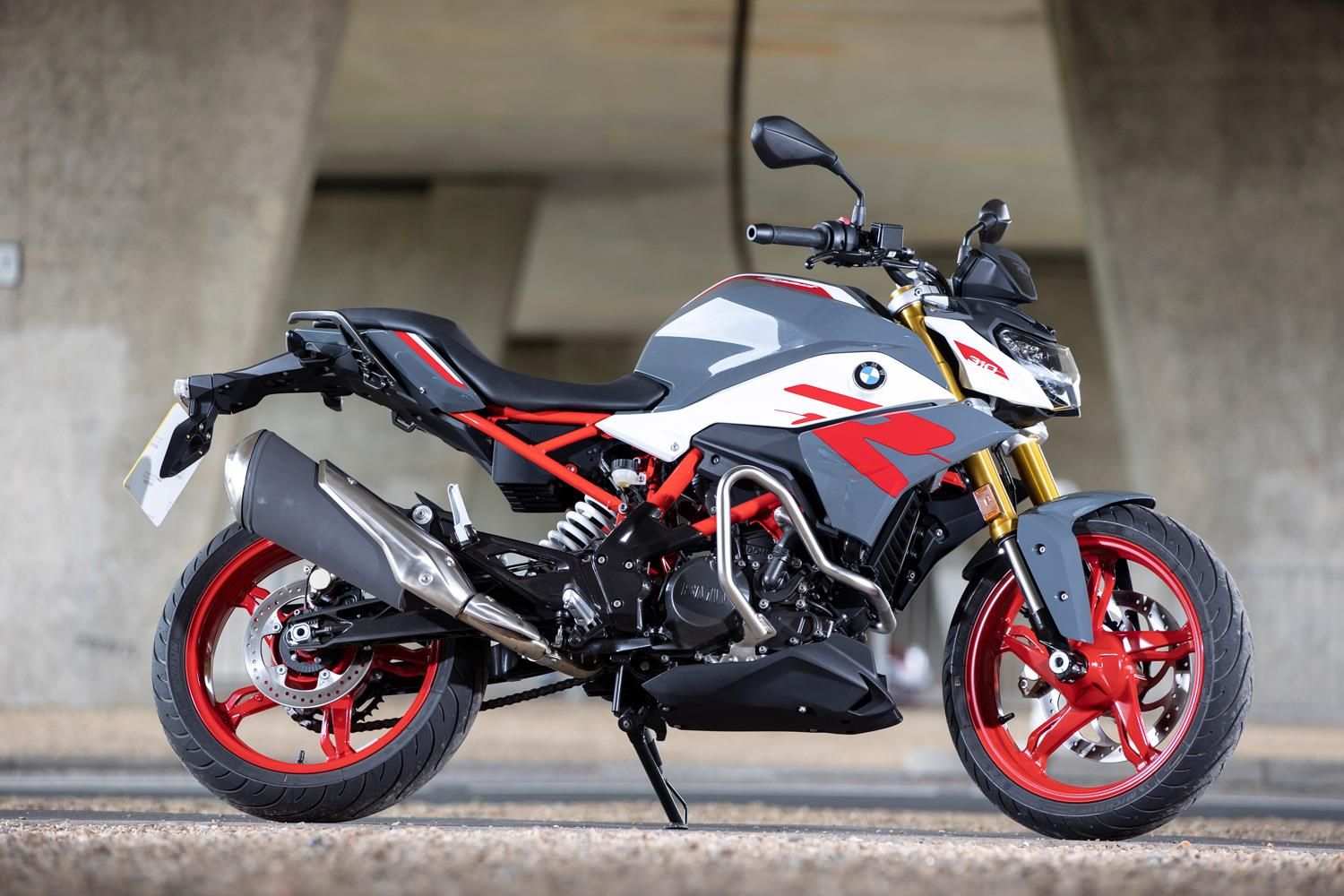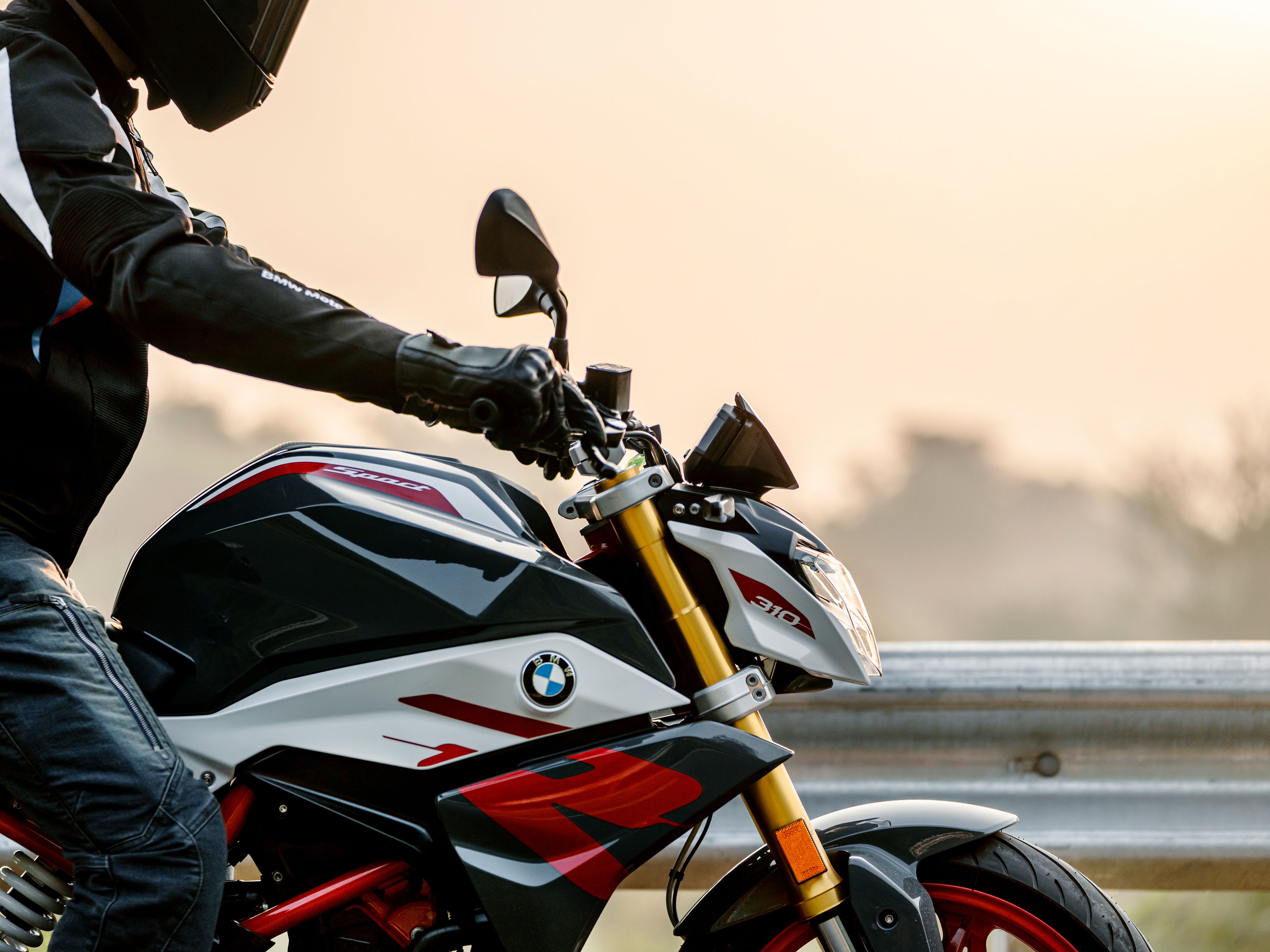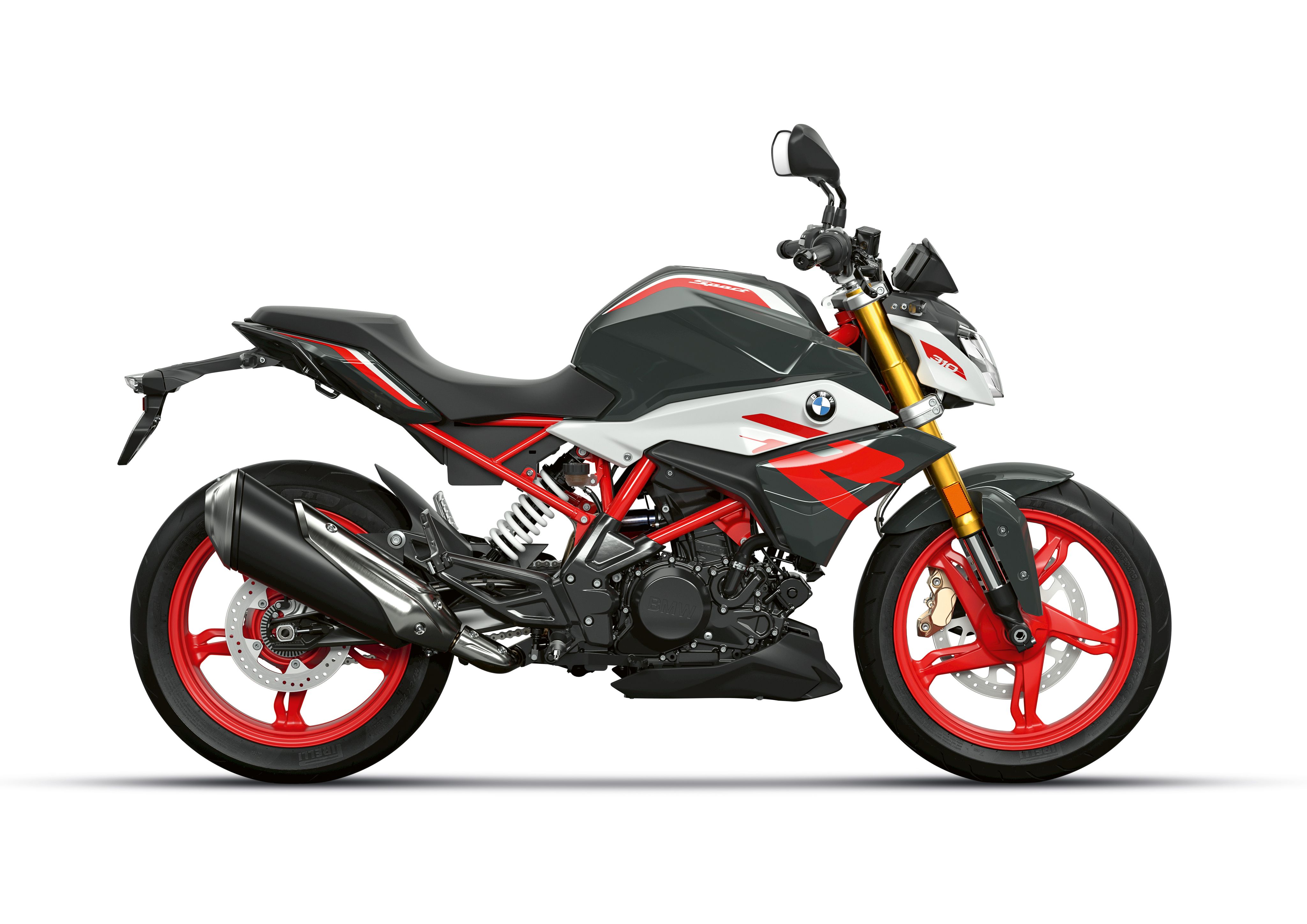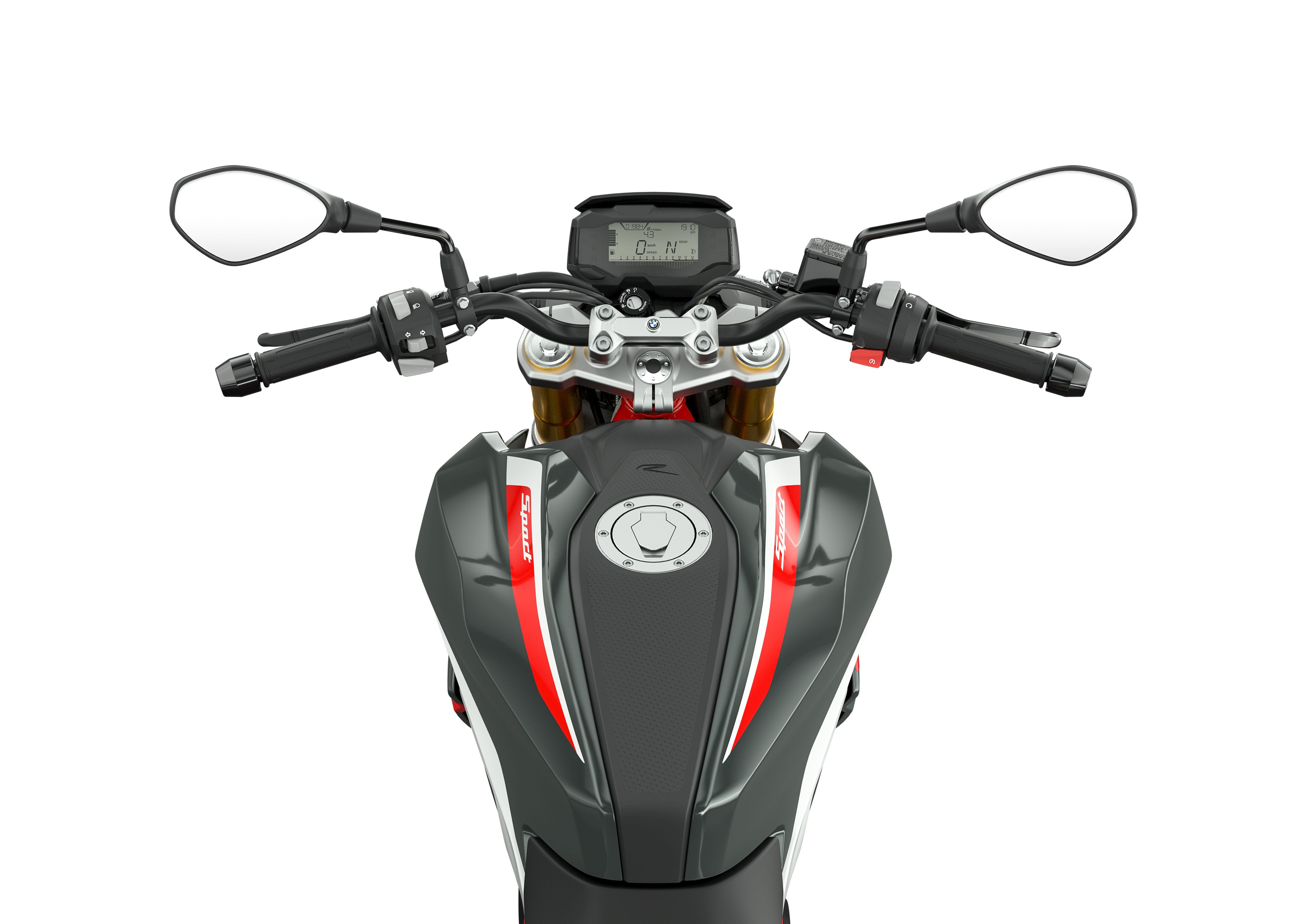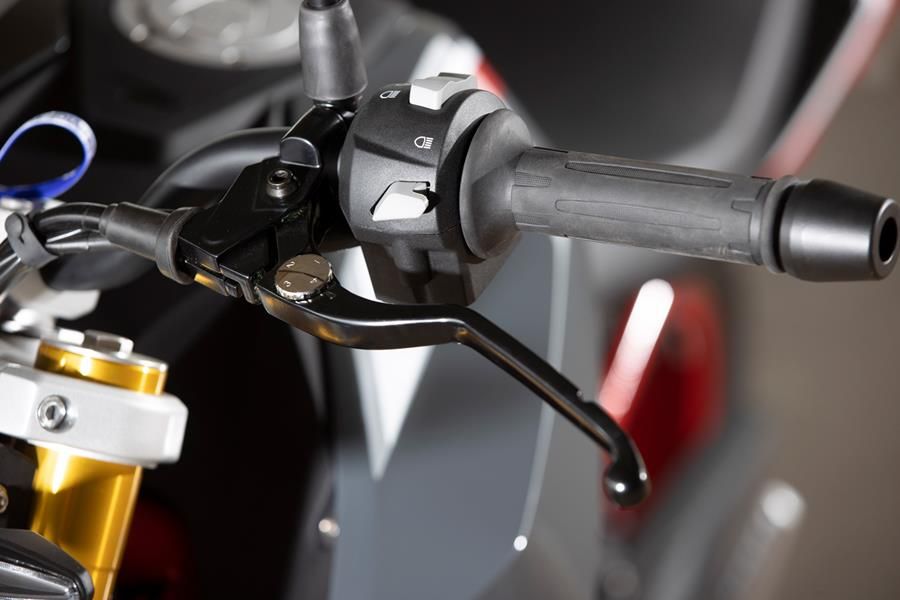The BMW G310R is a much better bike than its Indian origins suggest. It is very definitely a BMW, even though it plays in a segment where BMW have not played in before. For 2021, it has been updated, although you have to look closely to see the updates. It's now Euro5 compliant, without losing any power or torque and there are detail differences here and there. BMW has chosen to leave pretty much well alone to keep the cost down while not detracting from the riding pleasure.
Mid-Life Update for BMW's Baby Roadster
Even though it was primarily conceived for the Indian and Asian markets, the BMW G310 was always going to be sold in Western markets, where it would be fair to say it has had a mixed reception.
It's not that it is a bad bike - quite the opposite, in fact - but the stigma of being built in India is a difficult one to remove and the fact that it is so far removed from BMW's usual offering hasn't helped.
Two models have been built: the G310R and the G310GS mini adventure bike. While the latter hasn't really taken off and has been overshadowed somewhat by the KTM 390 Adventure, the 'R' has fared reasonably well and, as long as you limit its use to the urban jungle, it's easy to see why.
It's light and nimble, easy on fuel and perky enough with its 33.5bhp/20.7 lb ft single cylinder motor. The chassis is pretty good and the BMW badge on the tank goes al ong way with some people. It doesn't feel especially small for a tall rider nor is it too big for shorter riders. It has enough to satisfy experienced riders but isn't in any way intimidating for new riders.
2021 Update
The 2021 update is marginal and concentrates around ensuring the motor is Euro5 compliant. Luckily, this hasn't blunted power or torque figures, as can happen with some bikes.
There are other minor changes: there is a new ride-by-wire throttle, LED lights and a new colour scheme and - a nice touch - span-adjustable brake and clutch levers. Is it all enough, though? Couldn't BMW have gone further, such as enabling a level of connectivity, for example? Perhaps, but then that would have pushed the price up and one of the strengths of the G310R is the low price compared to its rivals, even if it does keep the bike simple. Whether the updates are enough to stop buyers opting for a largely similar year-old model and saving cash in the process is open to discussion.
Brakes Too Wooden
One criticism of the first generation G310 was the wooden front brake, which lacked power and bite. It was apparently like this because in its primary markets - India and Asia - bike riders weren't used to the sharpness of a disc brake compared to the much more gentle drum brakes.
On the new model, the front brake has received attention and is much more powerful. Well, as powerful as a single disc set-up can be on a lightweight bike.
The suspension might have no adjustability but it is so good as it is, there's really no need for it to have any. Overall, the chassis is great and proves confidence-making in the twisty stuff, helped by the Michelin Pilot Street tyres fitted as standard.
The throttle is smooth and the clutch light. In urban conditions, the G310R is so easy to ride and isn't so slow it can't get out of its own way. Actually, there's enough power to make back-lane scratching really good fun, aided by the dynamic chassis and suspension.
Rivals
Obvious rivals are the Kawasaki Z400, Yamaha MT-03, KTM 390 Duke and, at a stretch, the Honda CB500F. The BMW undercuts all of these on price but loses out in equipment to most of them.
Perhaps its biggest asset is that it is a BMW, with all that implies. If you can look past the fact that it is built in India, then it is a fantastic beginner's bike or easy-to-use second bike, when heaving out the litre-superbike or gargantuan adventure bike seems like overkill.

